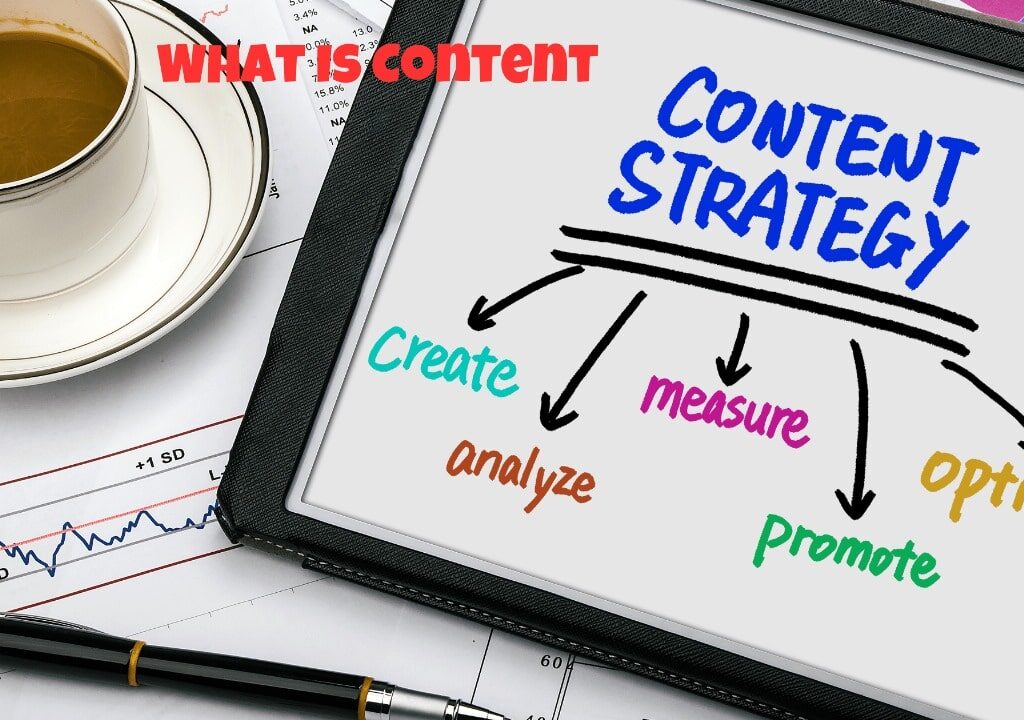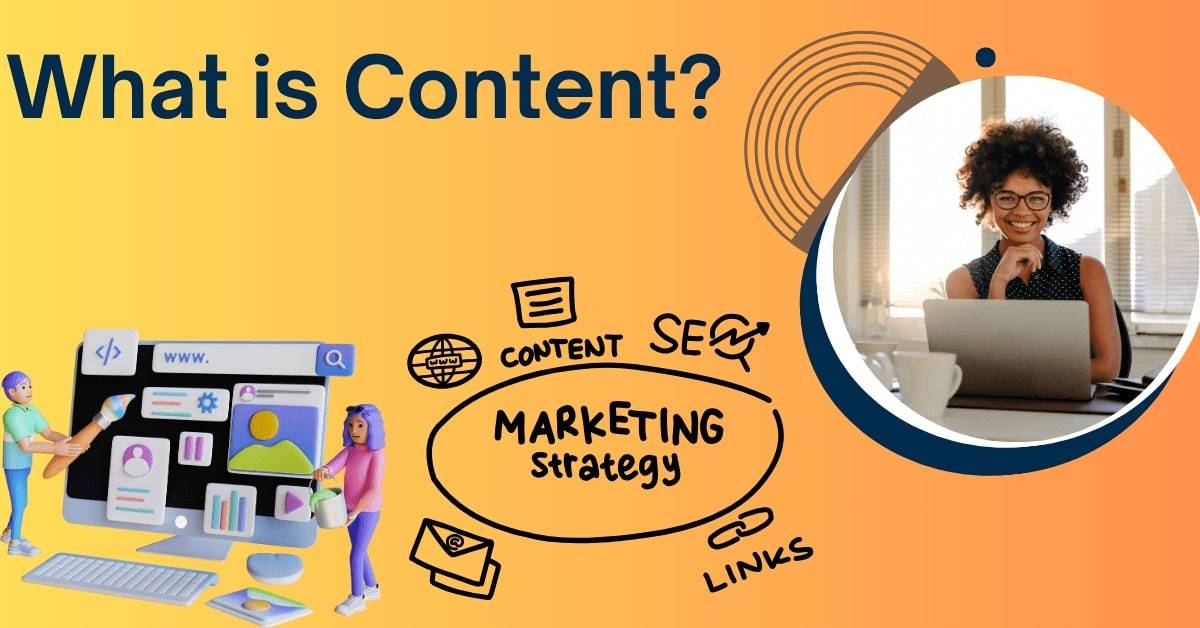Content is everywhere online, in journals and even in our discussions. But what is content precisely? Let us dump deep and discover its meaning and consequence.
Defining Content
Content is any facts or evidence shared through countless methods like text, audio, video or images. It is how we transport thoughts, tell stories and share info.
Types of Content
Content comes in many forms. Here are some common types:
- Text: Articles, diary posts, social media informs
- Audio: Podcasts, music, voice notes
- Video: YouTube videos, webinars, live streams
- Images: Photos, infographics, memes
Text Content
Text content includes written words. This include articles, records or social media poles.
Audio Content
Audio content is sound based. Reflect of podcasts, radio set displays, or audio diaries.
Video Content
Video content combines visuals and sound. For instance contain YouTube videos and online lessons.
Image Content
Image content involves pictures. Photos, infographics and diagrams include into this group.
The Importance of Content
Content is crucial for several reasons:
- Communication: It helps share ideas and info.
- Engagement: Good content keeps audiences interested.
- Branding: Content reflects a brands voice and values.
What Makes Good Content?
Good content has certain qualities:
- Relevant: It meets the audience needs.
- Engaging: It grabs and holds attention.
- Valuable: It offers useful info or entertainment.
- Original: It suggests exclusive viewpoints or perceptions.
Relevant
Material had better address the spectators queries or difficulties.
Engaging
It should be interesting and compelling.
Valuable
Content should offer something useful or entertaining.
Original
It must offer a new take or innovative statistics.
Creating Effective Content

Creating effective content involves several steps:
- Research: Recognize your spectators and their wants.
- Planning: Outline your content strategy.
- Creation: Write, record or design the content.
- Editing: Review and refine the content.
- Publishing: Share the material on proper stages.
Research
Know your audience and what they want.
Planning
Develop a content strategy and plan.
Creation
Generate the material, whether writing, audial, audiovisual or pictures.
Editing
Refine and improve the content before publishing.
Publishing
Share the material on stages where individuals interrelate with content.
Content Distribution Channels
Content can be distributed through various channels:
- Websites: Blogs, company sites
- Social Media: Facebook, Twitter, Instagram
- Email: Newsletters, promotional emails
- Traditional Media: Print newspapers, magazines
Websites
Your site is a key stand for material.
Social Media
Reach a broad audience through social platforms.
Send targeted content directly to your audience.
Traditional Media
Use print media to reach traditional audiences.
Measuring Content Success
To measure content success, use these metrics:
- Traffic: Number of visitors
- Engagement: Likes, shares, comments
- Conversions: Sales, sign ups
- SEO: Search engine rankings
Traffic
Measure how many people visit your content.
Engagement
Look at likes, shares and comments.
Conversions
Track actions like sales or sign ups.
SEO
Check your contents search engine rankings.
Detailed Table: What Is Content? Content Explained & Defined
| Content Type | Description | Examples | Benefits |
| Text | Written words | Articles, blog posts, social media updates | Easy to produce, highly searchable |
| Audio | Sound based | Podcasts, music, voice notes | Hands free, accessible for multitasking |
| Video | Visual and sound | YouTube videos, webinars, live streams | Highly engaging, visual learning |
| Images | Visuals | Photos, infographics, memes | Quick to consume, shareable |
Conclusion
Content is the cornerstone of communication. It takes numerous forms like text, audio, video and images. Prodigious content is appropriate, engaging, appreciated and original. Generating actual content includes research, preparation, conception, editing and publishing. Use diverse distribution channels and measure triumph through traffic, engagement, adaptations and SEO. Understanding content can increase communication, engagement, marking and SEO.
FAQs and Their Answers
What purpose does content perform in SEO?
Content plays a key role in SEO. Search engines abundant material to support operators discover statistics. High quality content improves search engine rankings and attracts backlinks, increasing site traffic.
How can I growth the communication of my content?
To create material more charming, practice these instructions:
- Use visuals: Contain pictures, videotapes and infographics.
- Tell stories: Stake relevant and exciting stories.
- Ask questions: Encourage audience interaction.
Why is original content important?
Original content is crucial for several reasons:
- Unique value: It proposals fresh views and insights.
- SEO benefits: Search engines courtesy unique content.
- Brand differentiation: It circles you to one side from participants.
- Audience trust: Genuine material shapes trustworthiness and confidence.
How do I check the achievement of my content?
Measure content success using these metrics:
- Traffic: Number of visitors
- Engagement: Loves, remarks and time expended on material
- Conversions: Activities such as auctions, sign ups or copies
- SEO: Search engine positions and keyword performance
